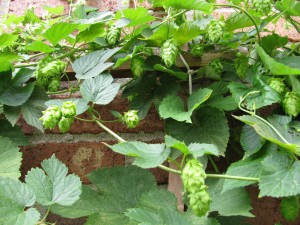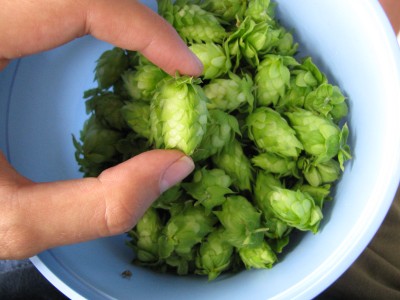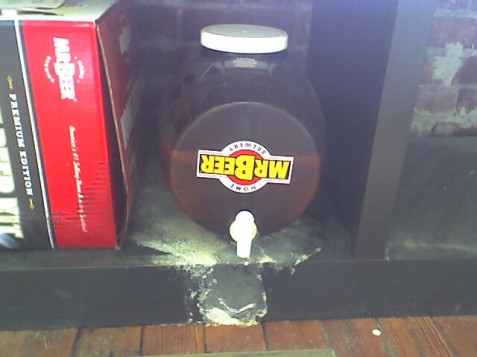Tonight, Fautz (can’t brew) and I came up with a math nerd variation on darts. Your goal is to hit the Fibonacci numbers, in order, either directly or as a combination of throws. Here’s how it works: the Fibonacci sequence is defined as f(n) = f(n-1) + f(n-2) for n>1, and is generally one of the first recursive functions you learn. We’re interested in the beginning of the series, where you can hit the numbers in 3 throws or less on a standard dart board: 1, 1, 2, 3, 5, 8, 13, 21, 34, 55, (and 89 if you’re HARD CORE and way better at us at darts).
For instance: to hit a 3, you can throw three 1’s, a double 1 and a single 1, a triple 1, a 2 and a 1, or a 3. Obviously, in this case, it’s better to just shoot for the 3, but as the game advances you’ll get to make some interesting choices. Figuring out your best chance at a 55 after a weird first throw is what makes this game great, especially if you’ve been drinking.
Note: the fact that you can use combinations of throws to advance means that you can do things like throw the first two 1’s in one turn, count those as your 2, then throw another 1 or a 3 to advance. Another example: you can throw a 5 and an 8, count the combination as 13, then another 8 to get to 21. Use plays like this to your advantage.
Something about the way your options change with almost every throw makes it pretty addicting. We’ll be playing it down at the BBC Taproom this Thursday, if you want to see us struggle with simple arithmetic after $2 pints.





You must be logged in to post a comment.